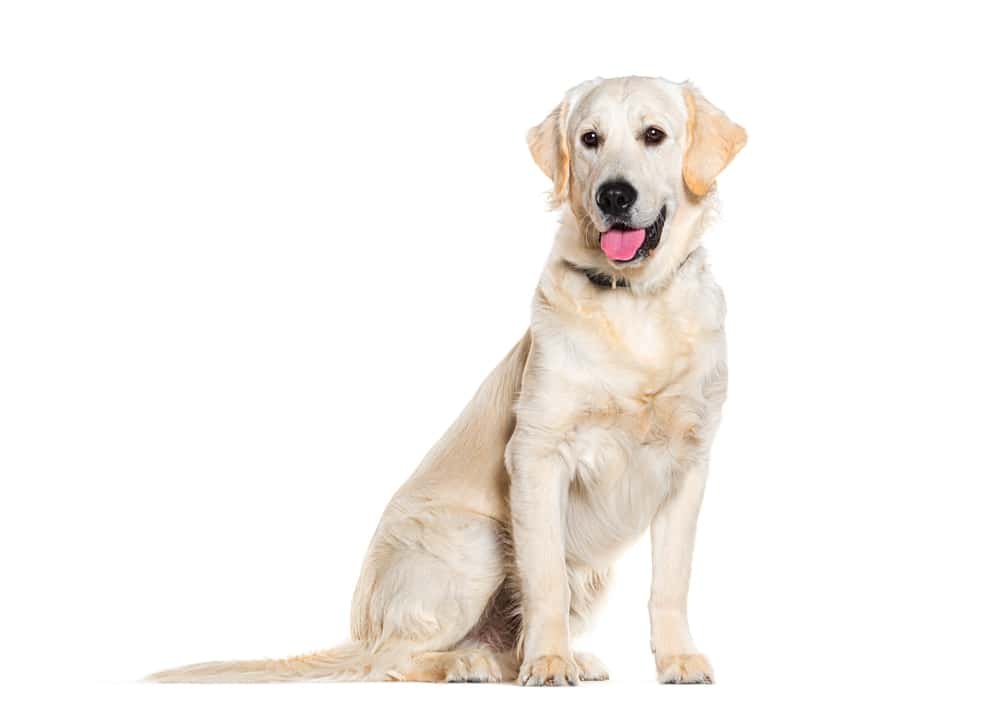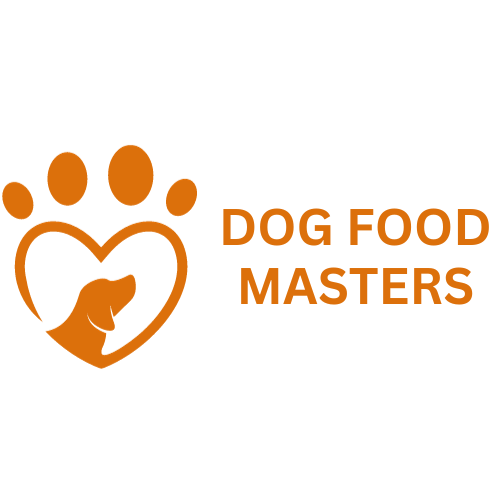
Is your Labrador Retriever looking a little less energetic than usual? 🐕🦺 As dog owners, we know how much a healthy, happy dog means to us. For Labrador Retrievers, one of the most beloved and active dog breeds, the right nutrition plays a vital role in their well-being. The right food can make all the difference, whether your Lab is a bouncy puppy or a senior who’s slowed down a bit.
In this guide, we’ll dive into the key aspects of choosing the perfect food for your Lab. You’ll learn about:
- 💪 The importance of selecting the right food for your Labrador’s overall health
- ⚖️ Factors to consider, like grain content, protein level, and ingredients
- 🥣 How to transition your Lab to a new food smoothly
Let’s break it down step by step to help you give your furry friend the gift of good health with the perfect chow!
💪 Why the Right Food Matters for Your Lab’s Health
Labrador Retrievers are known for their playful and energetic nature. However, they are also prone to health issues such as obesity, joint problems, and allergies, especially as they age. Feeding your Lab the right food ensures they get the proper nutrition to maintain a healthy weight, build strong muscles, and keep their immune system in top shape.
Common Health Concerns in Labs
Some key health issues to keep in mind when choosing food for your Labrador include:
- Obesity: Labs love to eat, and they’re known for being prone to weight gain. This can lead to joint problems like hip dysplasia and arthritis.
- Allergies: Labradors can be allergic to certain food ingredients, such as grains or chicken. Recognizing these allergies is essential for picking the right food.
- Joint Problems: Labs are active dogs, and their joints take a beating over time. A diet rich in joint-supporting nutrients like glucosamine can help protect their mobility.
⚖️ Factors to Consider When Choosing Your Lab’s Food
Not all dog foods are created equal, especially when it comes to specific breeds like Labs. Here are the main factors to consider when selecting the perfect chow for your Lab:
1. Protein Level
Protein is the foundation of any dog’s diet, helping maintain muscle mass and providing energy. For an active breed like the Labrador, look for food that has high-quality animal-based protein as its primary ingredient, such as chicken, beef, or fish.
- For puppies, choose a formula that provides about 22-32% protein to support growth.
- For adults and seniors, aim for a range of 18-26% protein to maintain lean muscles while avoiding unnecessary weight gain.
2. Grain or Grain-Free?
Many owners wonder whether they should feed their Labrador a grain-free diet. Grains like rice and barley can be part of a balanced diet, providing carbohydrates for energy. However, some Labs may be sensitive to grains, leading to digestive issues or skin problems.
If your Lab has shown signs of food allergies, a grain-free option with limited ingredients could be beneficial. Just make sure to consult with your vet before making a switch.
3. Healthy Fats
Fat is another crucial part of your Lab’s diet. Healthy fats, like those from fish oil or chicken fat, support a shiny coat, skin health, and overall energy. However, too much fat can contribute to obesity, so balance is key.
Look for dog food with about 10-15% fat content for adult dogs and higher fat content for puppies, around 20%.
4. Joint and Bone Support
Labradors are prone to joint issues, so it’s essential to choose food that supports joint health. Look for ingredients like glucosamine and chondroitin, which help maintain cartilage health and prevent joint pain.
5. Fiber Content
Labs can benefit from dog food with moderate fiber content to aid digestion and keep them feeling full, helping control weight. Foods with 3-6% fiber are typically a good balance.
🥣 Transitioning Your Lab to a New Food Smoothly
Once you’ve selected the right food for your Lab, it’s crucial to transition them to the new diet gradually. Sudden changes can upset their stomach, causing digestive issues like vomiting or diarrhea. Here’s how to make the switch smoothly:
- Start Slow: Over the course of 7 to 10 days, gradually mix the new food with your Lab’s old food.
- Day 1-2: 25% new food, 75% old food
- Day 3-4: 50% new food, 50% old food
- Day 5-6: 75% new food, 25% old food
- Day 7-10: 100% new food
- Monitor for Reactions: Watch your Lab for any signs of allergies or digestive discomfort. If they show signs of food intolerance, consult your vet and consider switching to a different formula.
Conclusion: Give Your Lab the Gift of Good Health with the Right Food
Choosing the best food for your Labrador Retriever is one of the most important things you can do to ensure their long-term health and happiness. By considering their unique needs—whether it’s maintaining a healthy weight, avoiding food sensitivities, or supporting joint health—you can make a decision that benefits their well-being.
Want to know more? Check out the full article for a deeper dive into the best foods for Labrador Retrievers and tips to keep your furry friend in top shape!

